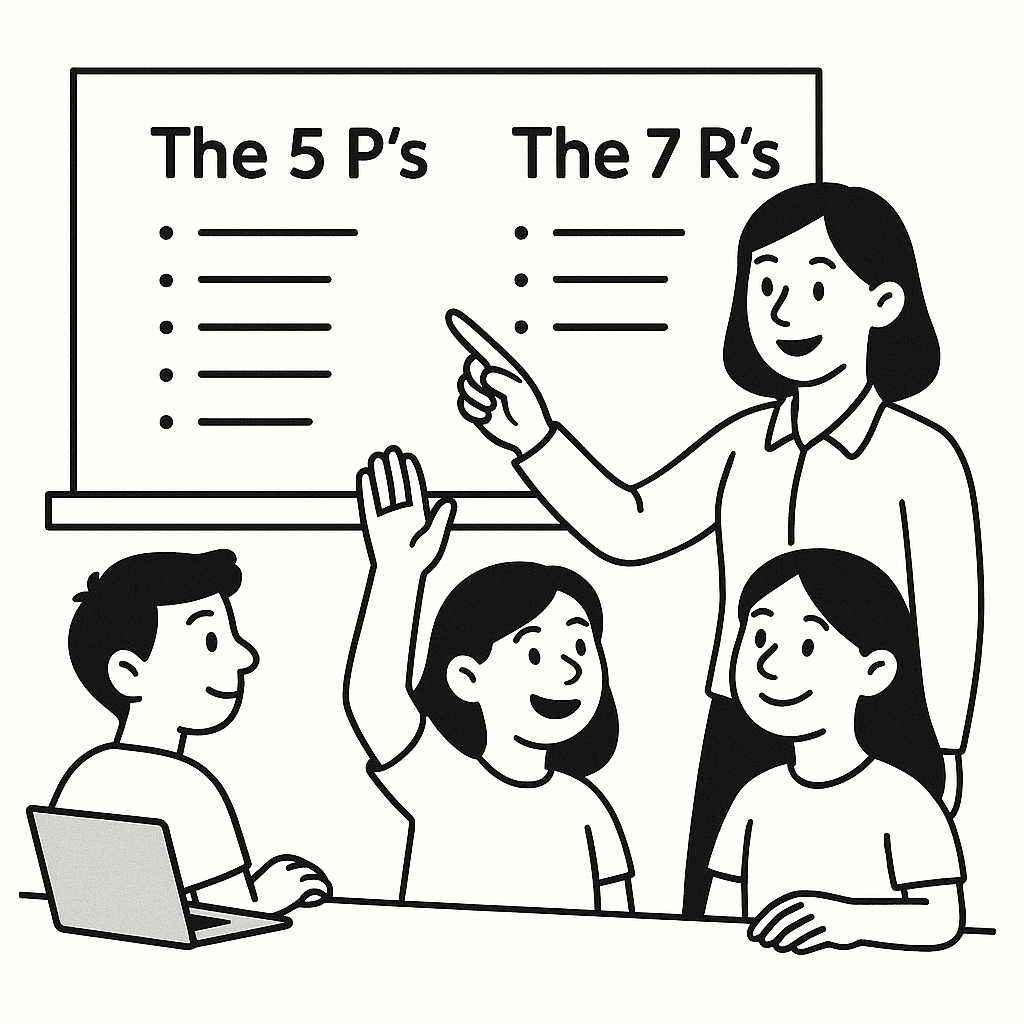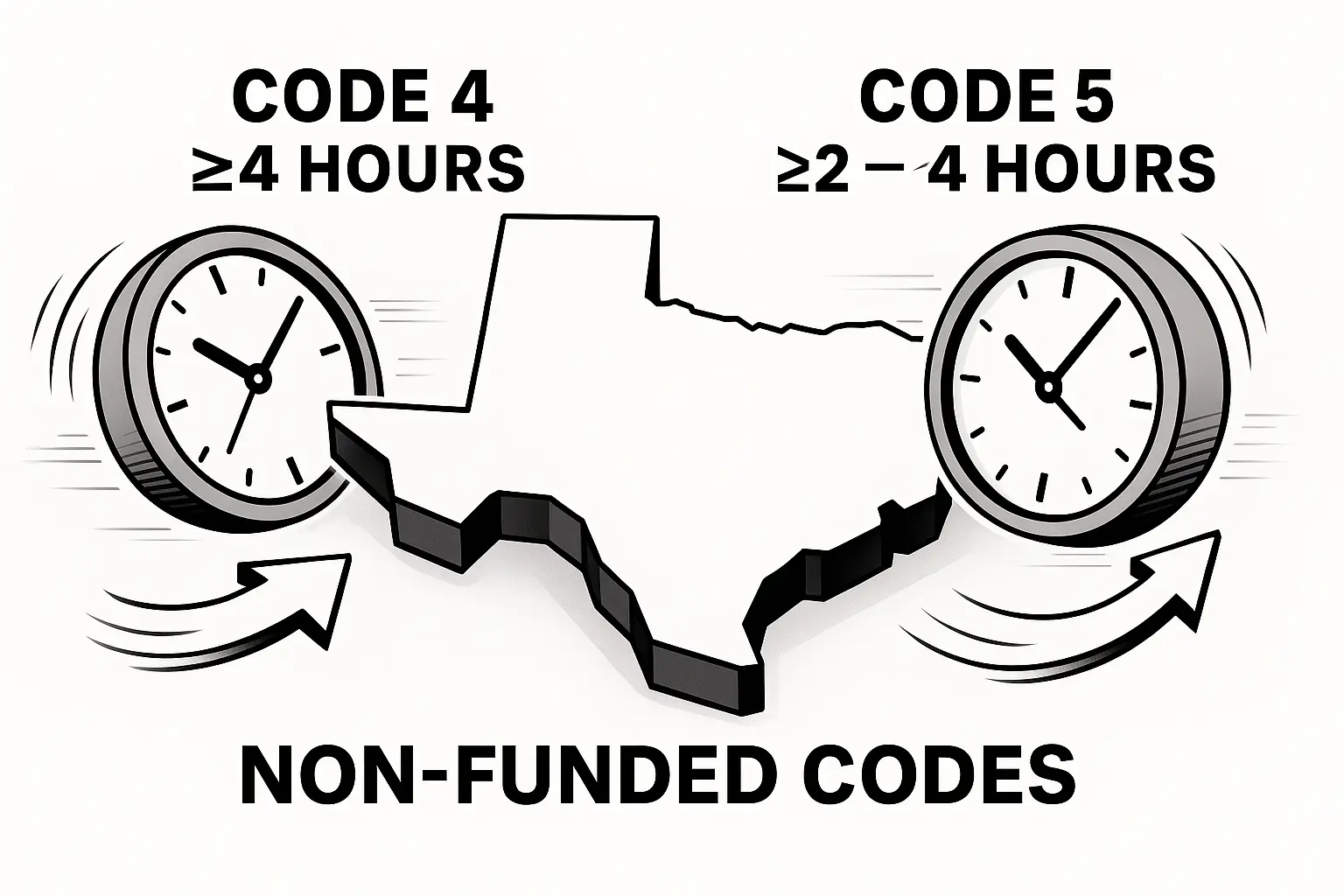A classroom management plan is a written guide that outlines the rules, routines, and responses you’ll use every day to keep your classroom running smoothly. When done well, it minimizes disruptions, builds trust, and creates a positive, productive space where learning thrives.
Introduction
A well-structured classroom management plan serves as the foundation for a productive and harmonious classroom. It outlines clear expectations, routines, and strategies that guide student behavior and promote a positive learning atmosphere. By implementing a comprehensive plan, teachers can minimize disruptions, enhance student engagement, and create an environment conducive to learning.
Core Components of a Classroom Management Plan
1. Clear Expectations and Rules
State 4–6 simple, positive rules that align with school policy. Involve students in setting them to increase ownership.
Example (Elementary):
- Be Prompt – arrive on time and ready to learn
- Be Prepared – bring supplies and completed homework
- Be Polite – use kind words and actions
- Be Productive – stay focused and participate
- Be Positive – encourage others
2. Procedures and Routines
Routines bring predictability and reduce downtime. Teach, model, and practice them—don’t just post them.
Key routines: entering the room, turning in work, transitioning between subjects, requesting help, early finisher options, and dismissal.
3. Positive Reinforcement
Catch students being good. Recognize effort and improvement with:
- Verbal praise or positive notes
- Class rewards or privileges
- Token systems or point trackers
- Positive feedback builds intrinsic motivation and strengthens relationships.
4. Consequences for Misbehavior
Apply consistent, fair, and instructional consequences—not punishments.
Response ladder:
- Private reminder
- Reset time / seat change
- Student choice with reflection card
- Restorative conversation
- Parent contact or admin support for ongoing issues
Focus on growth, not guilt.
The 7 R’s of Classroom Management
A comprehensive framework that nurtures respect and accountability:
- Relationships – Build genuine connections.
- Respect – Model it first; expect it always.
- Responsibility – Let students own their actions.
- Routines – Provide structure and stability.
- Reinforcement – Recognize positive choices.
- Reflection – Encourage self-assessment.
- Restoration – Repair harm through conversation.
Restorative Script (3 minutes):
“What happened?” → “What were you thinking?” → “Who was affected?” → “What can you do to fix it?”
The 5 P's of Classroom Management
The 5 P's framework provides a simple and effective way to set behavioral expectations:
- Prompt: Be on time and ready to learn.
- Prepared: Bring necessary materials and complete assignments.
- Productive: Stay focused and actively participate in class activities.
- Polite: Treat others with respect and kindness.
- Positive: Maintain a constructive attitude and encourage peers.
By emphasizing these principles, teachers can cultivate a classroom culture that promotes responsibility and mutual respect.
Promoting Self-Regulation in Students
Self-regulation is the ability to manage emotions, behavior, and learning. Teach it explicitly:
- I Am – Notice current feelings.
- I Calm – Use breathing or mindfulness.
- I Feel – Name emotions accurately.
- I Choose – Pick a safe, respectful response.
- I Solve – Find solutions or compromises.
🪴 Create a Calm Corner with visuals, reflection cards, and timer tools for emotional resets.
First-Week Implementation Plan
Day 1: Greet at door → Assign seats → Teach attention signal → Practice entry routine
Day 2: Revisit 5 P’s → Model transitions → Practice cleanup
Day 3: Teach partner work → Introduce reflection cards
Day 4: Role-play restorative conversations
Day 5: Reflect on what worked → Students sign class commitment
Consistency + practice = smooth sailing the rest of the year.
Monitoring and Adjusting Your Plan
- Communicate – Review rules often.
- Model – Show the behavior you expect.
- Practice – Reinforce routines after breaks.
- Monitor – Collect behavior data and adjust strategies.
- Reflect – Ask students what helps them focus.
What a Well-Managed Classroom Looks Like
- Students are on task and engaged.
- Transitions take under one minute.
- Conflicts resolve quickly and respectfully.
- Teacher voice is calm and consistent.
- Students feel safe, valued, and heard.
Conclusion
A strong classroom management plan isn’t about control — it’s about connection.
When teachers set clear expectations, model respect, and integrate frameworks like the 5 P’s and 7 R’s, students learn how to take responsibility, self-regulate, and collaborate.
With consistency, reflection, and restorative practices, your classroom becomes a place where every learner feels safe, respected, and ready to grow.
FAQ
What is a classroom management plan?
A structured document that outlines your expectations, routines, and behavior systems to maintain a positive learning environment.
Why are the 5 P's important in classroom management?
The 5 P's - Prompt, Prepared, Productive, Polite, and Positive—provide clear behavioral expectations that promote responsibility and respect among students.
How do the 7 R's enhance classroom management?
The 7 R's - Relationships, Respect, Responsibility, Routines, Reinforcement, Reflection, and Restoration—offer a comprehensive framework for fostering a supportive and structured classroom environment.
Why are the 5 P’s important?
They define clear, positive expectations that simplify communication and promote student accountability.
How can teachers promote self-regulation in students?
Teachers can promote self-regulation by teaching students to recognize their emotions, employ calming strategies, make thoughtful choices, and resolve conflicts constructively.
What are the 10 characteristics of an effective classroom management?
An effective plan is clear, consistent, inclusive, respectful, proactive, engaging, responsive, adaptable, supportive, and goal-oriented.
What is the golden rule of good classroom management?
Treat students the way you want to be treated — with respect, patience, and fairness.
What are the 4 essentials of management in the classroom?
- Clear expectations
- Consistent routines
- Positive relationships
- Fair consequences
What does a well-managed classroom look like?
Students are engaged, transitions are smooth, there's mutual respect, and learning happens without constant interruptions.
How to repair relationships with students after a conflict?
Use restorative practices: listen, acknowledge feelings, take responsibility, and rebuild trust through honest conversation.
What is the 5R instructional model?
Though not directly related to classroom discipline, it stands for Relate, Reflect, Research, Revise, Review — a teaching strategy that supports student learning.
What are the stages of self-regulation in the classroom?
Awareness → Emotional control → Self-monitoring → Goal setting → Problem-solving.
What is the most effective classroom management style?
A balanced authoritative style — firm but fair, combining structure with empathy and student voice.
By implementing these strategies and frameworks, educators can create a classroom environment that supports student success and well-being.




